

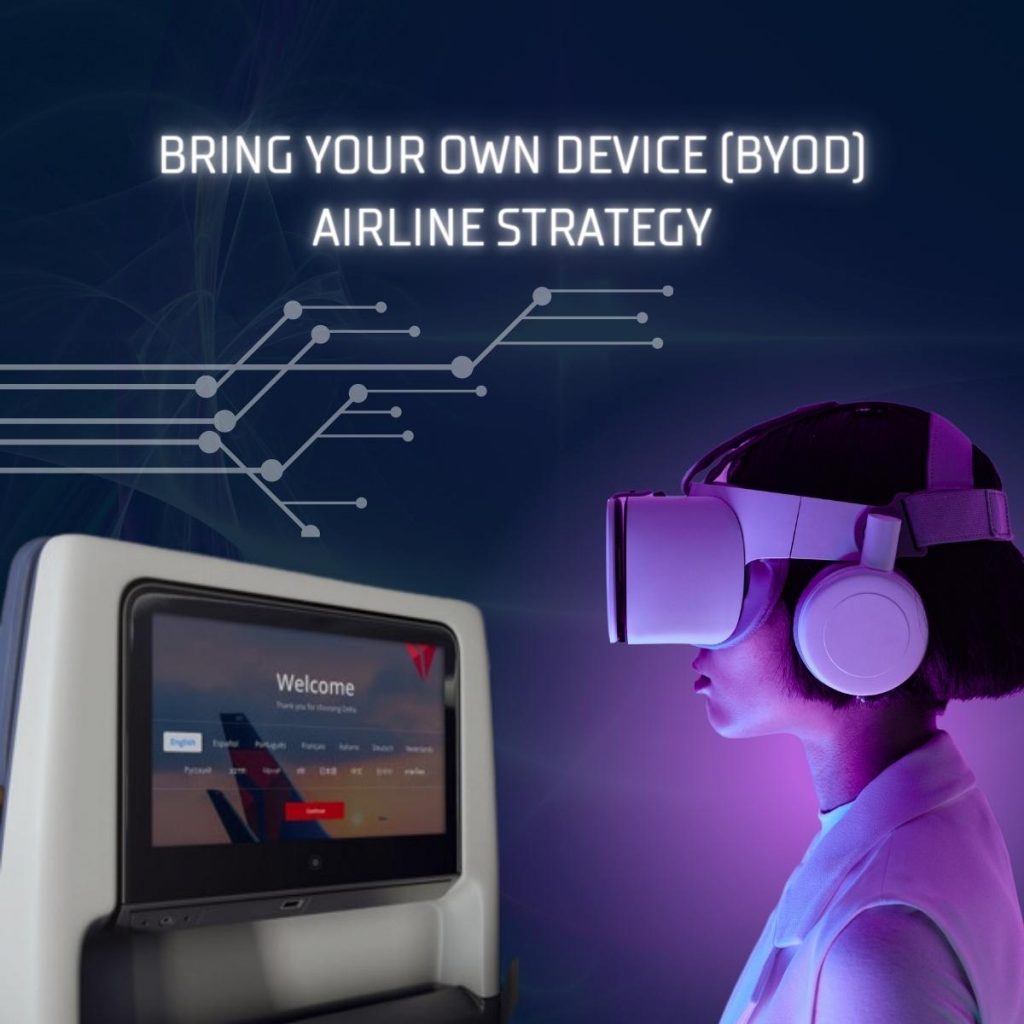
Most airlines have now embraced the Bring Your Own Device (BYOD) philosophy for in-flight entertainment. As it is a no-brainer for short and medium haul flights since the latest wifi-IFE solutions are really convenient to passengers and affordable to airlines, we witness a growing number of dual model of seatback screen/BYOD experiences on long-haul flights bundled seatback-screen.
For the moment the large majority of airlines complement their seatback screen experience with InFlight Connectivity (IFC) plain access point. Yet, this is the first baby step toward a real second screen usage. You can go much further and leverage your IFC platform. Most seatback-screen operators know it, changing/adding features on a seatback-screen is still a very complicated and costly process painful and costly process. On the other hand, having a powerful and flexible IFC portal management system is a game changer.
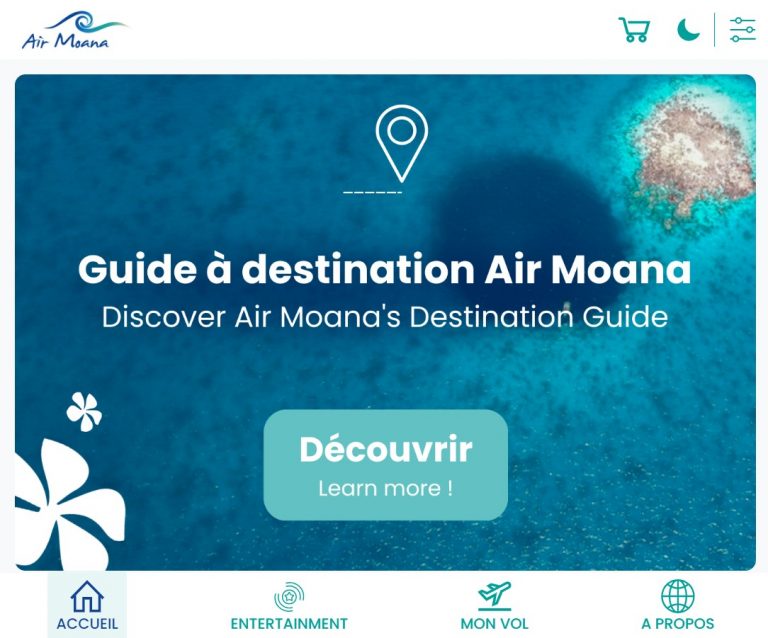

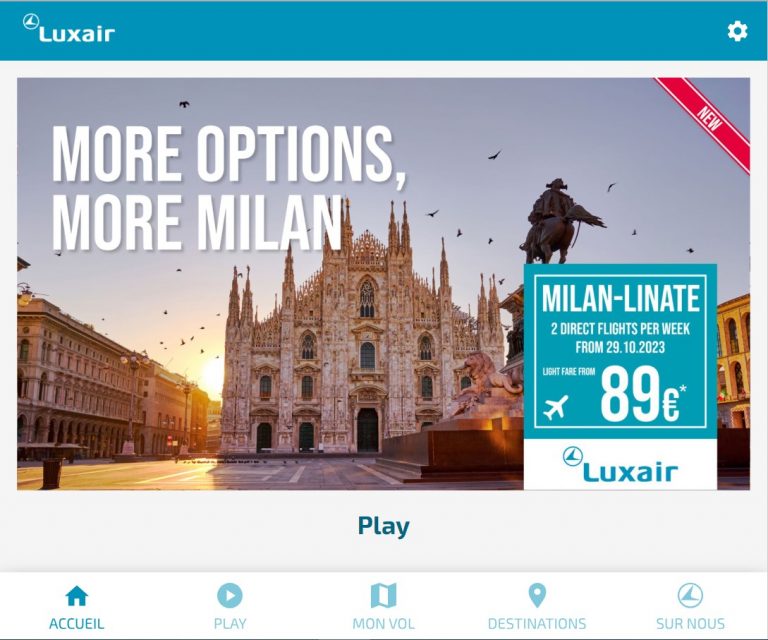
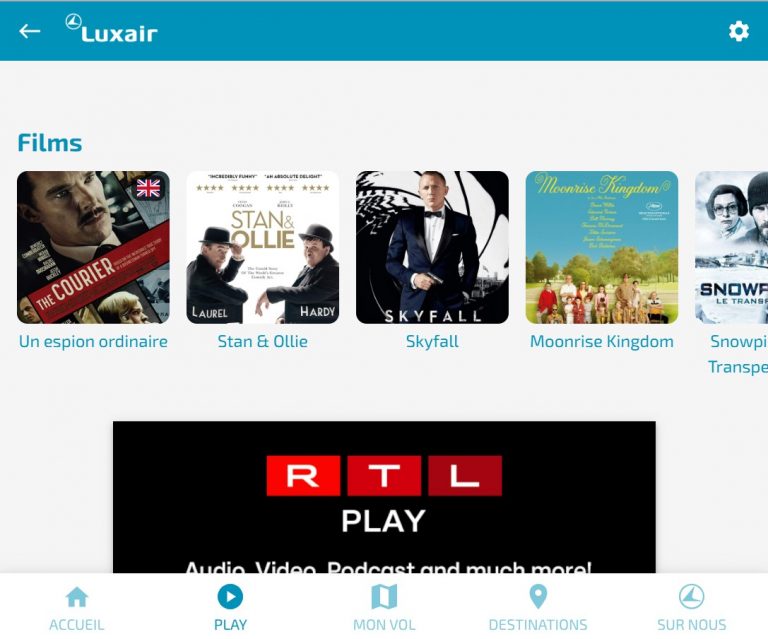
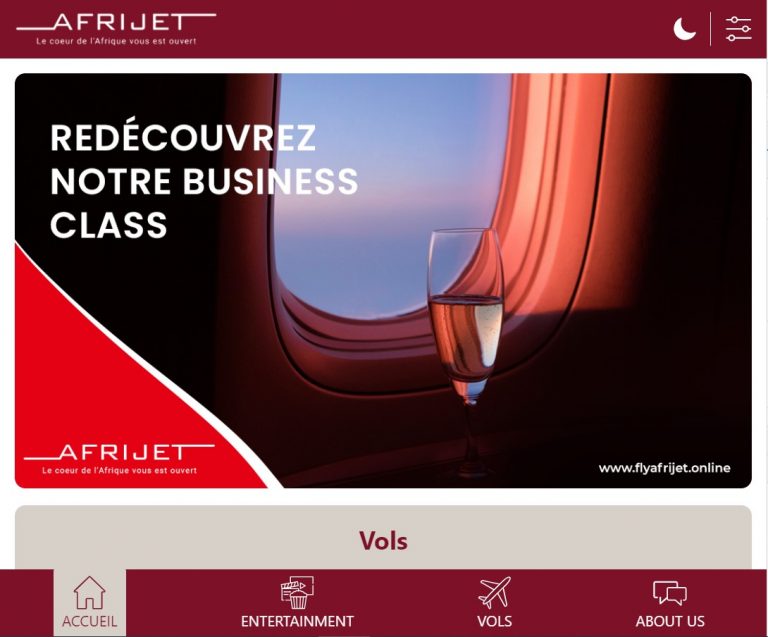
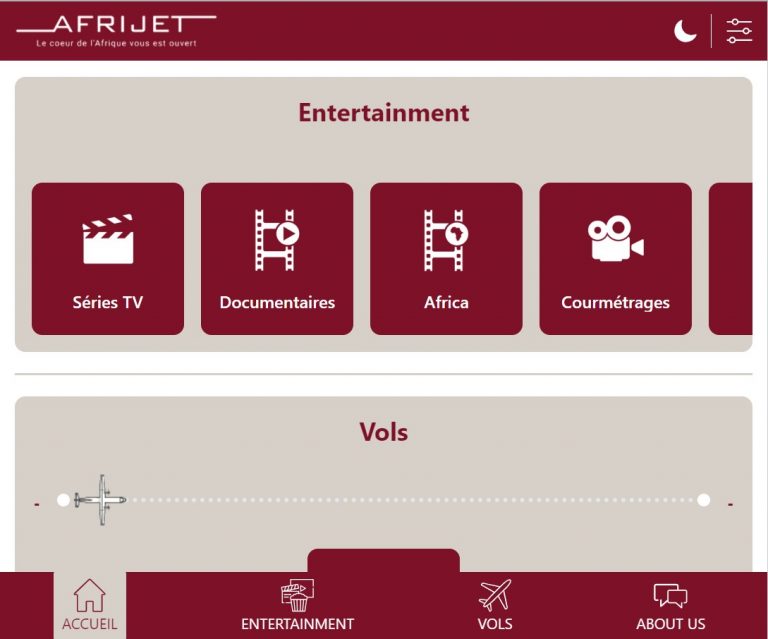
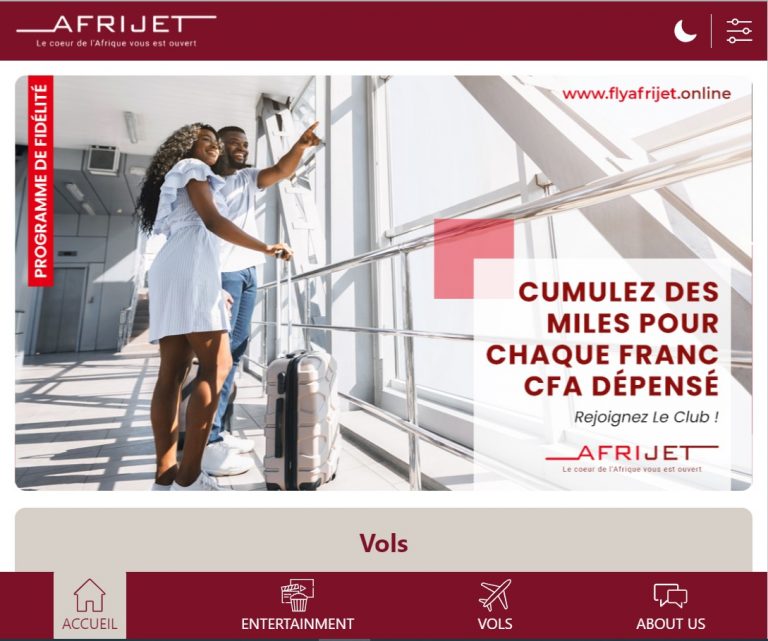
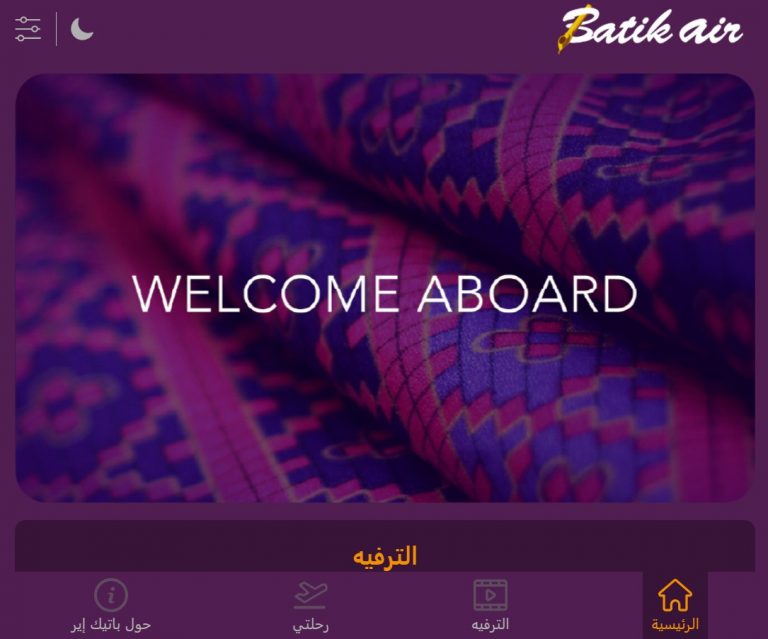
Having this in mind, we believe that a successful strategy is:
- Limit your seatback screen offering to its very purpose: create a comfortable and compelling video entertainment experience.
- Enrich your IFC portal with all the digital services you want to deliver: from order to seat, to destination deals offering, to loyalty program enrollment…with of course all the connectivity capabilities.
- Rely on your seatback screen to promote this second screen usage. For instance, by presenting your onboard retail catalog with a QR code to be scanned to organize the order to seat from the passenger’s mobile device.
Most seatback screen manufacturers offer a pairing option between the screen and the passenger’s mobile device. This feature is mainly designed for two use cases:
– Preselect content within a mobile app, and use the smartphone as remote control of the screen.
– Share passenger content on the screen
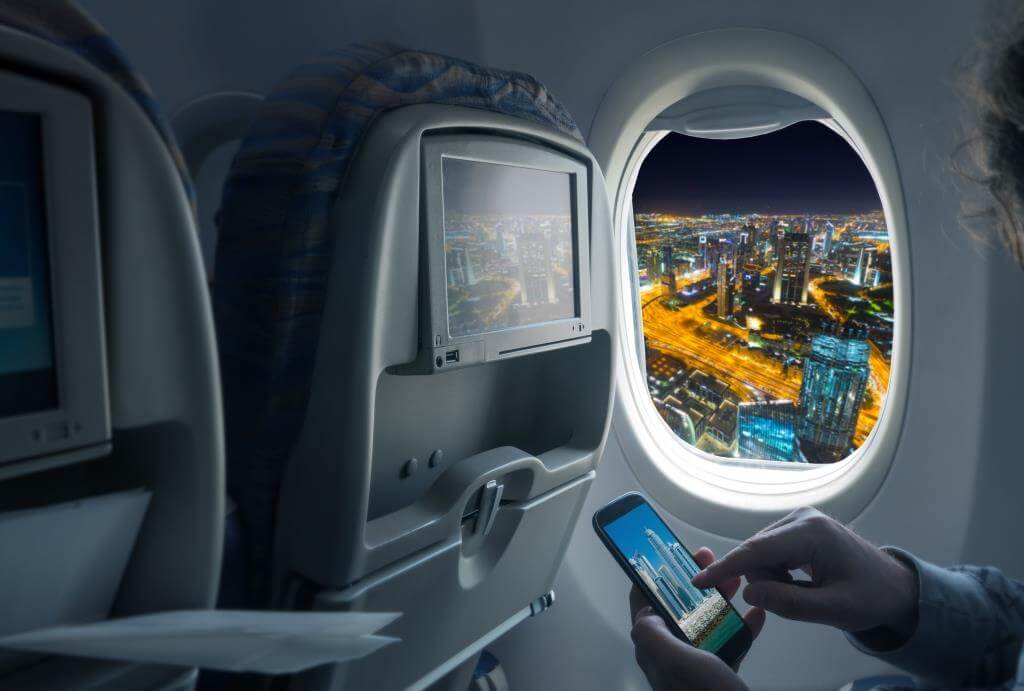
Whilst the first use case looks appealing, always keep in mind those important factors:
- First and foremost, make sure this feature is well integrated within your airline mobile app. In general, passengers are not keen on downloading tons of apps so browser-driven access can also be provided. As an end user, it is outdated to offer multiple apps when you should have all-in-one.
- Question yourself: When most of the travelers are not even aware this feature exists, they will barely not download the app, and consequently is the actual usage rate of this feature really worth the investment? Of course, if this investment is more to satisfy your frequent flyers, this is totally different.
Regarding the second use case, this is a sensitive decision : what would happen if one of your passengers would share R-rated content on his screen?
Developing a BYOD strategy offers a lot of advantages for your airline:
– Enhanced Interactivity
– Cost Savings for Airlines
– Seamless Integration
TRAVELER’S MICRO-MOMENTS Home Capturing the Traveler's Micro-Moments 26 April 2022 microMoments, Technology, traveler Time Is No Longer Measured in Days,…
IFE TO THE RESCUE Home WHEN IFE COMES TO THE RESCUE OF FLIGHT ATTENDANTS! 25 June 2022 Digital Services, IFE,…
Digital AD: IVT-FREE Zone Home DIGITAL INFLIGHT ADVERTISING: AN IVT-FREE ZONE 20 May 2022 Advertising, IVTFREE, Technology In late 2015,…